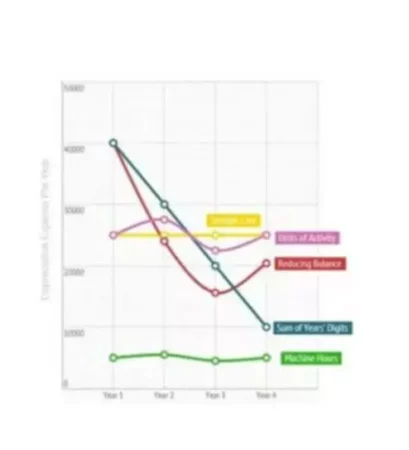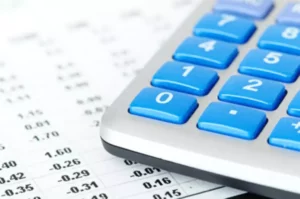Definition and Explanation
Depreciation is the process of gradually transferring the cost of the means of production (long-term assets) to the manufactured product. Depreciation is also used to deduct the costs of buying and improving a rental property.
For example, we provide delivery services. We have a truck that carries the goods, and we fill it with diesel fuel. Diesel fuel transfers its cost to the transport service instantly. However, the truck transfers its cost to the service gradually: it is slowly aging and after each trip, it becomes a little cheaper due to wear and tear.
Of course, it is not very reasonable to calculate how much the truck has fallen in price after each trip. Yet, taking into account the truck at the cost of a new one for several years, then writing it off to the company’s expenses in one operating period is not reasonable. After all, then we will ignore the cost of the truck for a long time and rejoice at the profit, and in the period in which we write it off, we will see a huge loss.
Therefore, for the purposes of simplifying the depreciation accounting and ensuring that income and expenses are reflected correctly, accountants use depreciation expense account, that is, every month they slightly reduce the price of the truck until after a few years its value drops to zero. The cost of a truck is reduced by a specific amount and at the same time, our expenses increase by the same amount.
Types of Calculation Methods
There are various ways to calculate the amount by which you need to reduce the cost of the asset at the end of the month/year. Note that no matter what type of write-off method you use, cash is not involved in this process. Let’s review the two most commonly used method types used in the finance world.
Straight-line
In the linear depreciation method, the depreciation expense is determined based on the original or current (reevaluated) value of the fixed asset and the depreciation rate is calculated based on the useful life of this object.
It is the most common method for determining depreciation expense due to the simplicity of calculations, which is performed once at the very beginning, and the resulting amount will stay the same throughout its useful life. In addition, such a transfer of the cost of equipment into the expenses is as even as possible, unlike other methods, when most often the depreciation amount is higher at the beginning than in subsequent periods.
Units of Production
When writing off the cost in proportion to the units made, the annual depreciation amount is determined based on the volume of production in the reporting period and the ratio of the initial cost of the fixed assets and estimated volume of production for the whole period of its planned or estimated useful life.
This method for determining depreciation is especially relevant when there is a direct dependence of equipment wear on the degree of its use. This method is especially actively used for motor vehicles and other similar machinery, when write-off can be carried out for a specific number of miles or it is possible to determine the number of units planned for release on specific equipment during its useful life.


















